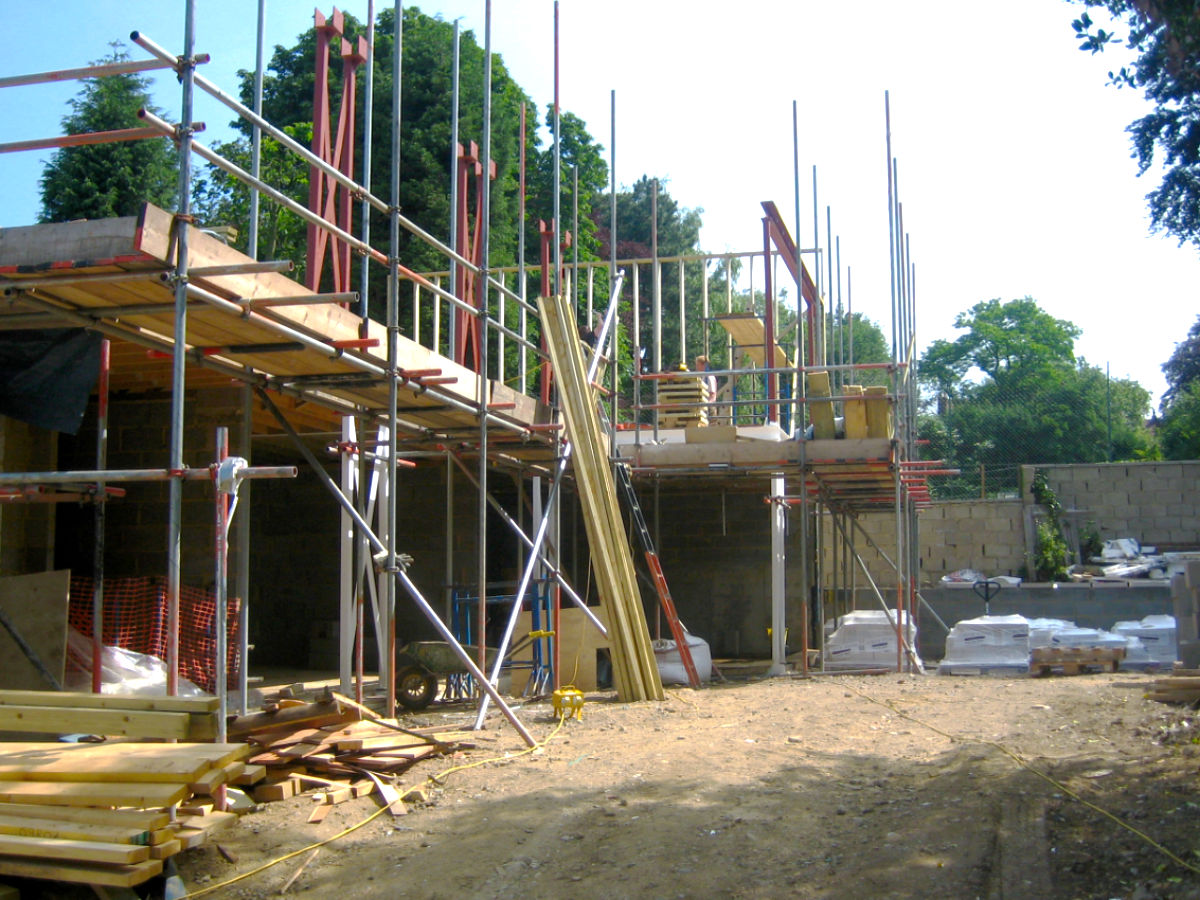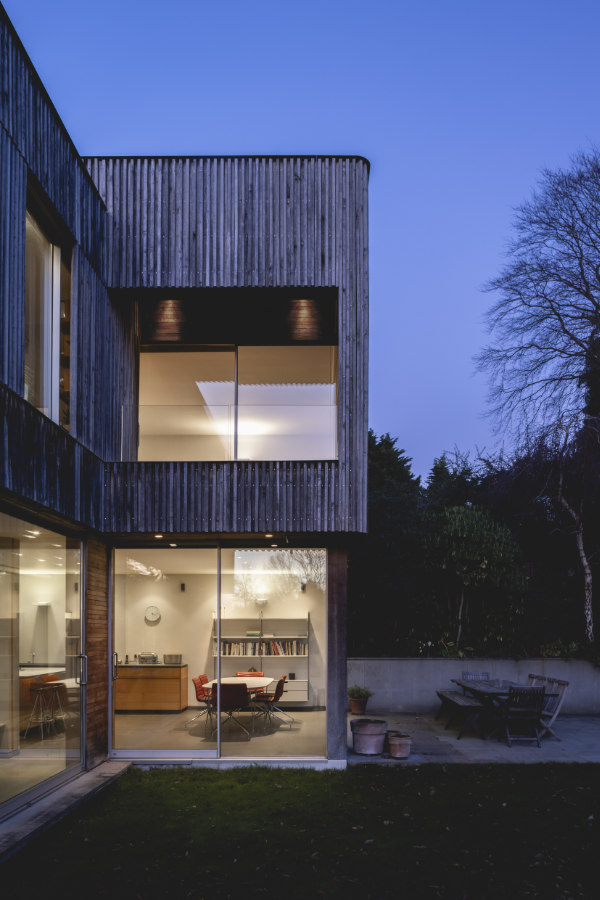Architectural
Services
As an RIBA Chartered Practice, YSA provide the full range of architectural services as set out in the RIBA Plan of Work 2020. The RIBA Plan of Work organises the process of briefing, designing, constructing and operating building projects into eight stages. By following this proven procedure, every project is managed with a set of clear stage tasks and deliverables; and provides a framework to navigate through the seemingly complex path, from the initial proposition to the realisation of the project.
The RIBA Plan of Work 2020 allows for flexibility to accommodate all types and scale of projects and is tailored to each Clients specific requirements.
Stage 0-1: Strategic Definition
& Briefing
Whatever the project, reaching a shared understanding of what our clients want to achieve is essential for the delivery of a successful project. First and foremost, we will agree the key ambitions and objectives the design is to address; we will identify the constraints and agree and set targets for the timeframe and budget. These requirements will be documented in the ‘Brief’, this will become an essential reference document during the development of the design for the following work stages.
Stage 2: Concept Design
Once we fully understand our clients’ requirements, the next step is to develop the three-dimensional response. In this stage critical design decisions are formed; it is the time to test ideas and prepare options and to challenge preconceived notions. The visual form of the proposal evolves from a series of responses to the brief and context; concepts for the design are formed and a narrative for the proposal developed. A strong narrative enables the design to develop with a clear vision and is used to test design decisions throughout the project, resulting in a more successful project.
Stage 3: Spatial Coordination
The next step is to develop the proposal with further design studies. A Design Team is assembled, including a structural engineer and other specialist consultants to enable engineering analysis to be undertaken to integrate the technical aspects of the proposal into the overall design concept; the developed proposal examined against the clients’ requirements. A costing exercise is recommended to test the developed design against the target budget. In this stage the proposal is presented for outside scrutiny, engaging with local stakeholders, including neighbours and local societies with a vested interested and the local planning authority.
We have extensive experience in submitting planning applications and have an excellent track record in obtaining planning permission for projects on difficult sites, areas of natural beauty and proposals involving listed buildings.

Stage 4: Technical Design
The project must now be described in detail to enable the proposal to be built. The technical aspects of the design are developed with the design team, structural details are coordinated, along with the external envelope and thermal performance of the building fabric and the environmental systems and services chosen and described. Construction drawings and production information are prepared, and specialist suppliers and products are identified.
Documentation required for Building Regulation approval is collated and issued to the local authority Building Control or an Approved Inspector appointed.
During this stage the appropriate form of building contract is agreed, and the design team prepare a coordinated set of documents to enable prices to be obtained. The more complete this set of documents the better the outcome at the construction stage, as we have more control over the build and costs.
Contractors are nominated for the project and competitive prices obtained, the tender prices are assessed, and the successful contractor is carefully selected.

Stage 5: Manufacturing
& Construction
Our preference is to have a key role in the project. When it commences on site we manage the Building Contract as Contractor Administrator and make regular site visits to inspect the works. As we have been an integral part of the project from its conception, we are best placed to recognise and solve any problems that arise, and to make decisions that are true to the narrative.
If a cost consultant is not appointed we manage the financial aspects of the contract, including the preparation and issue of architects variations and the review of valuations and issue of interim certificates.

Stage 6-7: Handover & Use
We assess if the building has reached completion prior to formal handover and liaise with you and the contractor if there are any outstanding issues to be resolved.
Once completed we prepare an Operations and Maintenance Manual documenting the items used in the building and how best to look after the building in the future.


